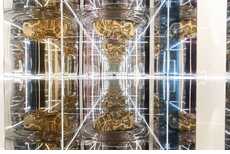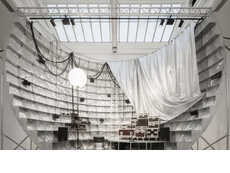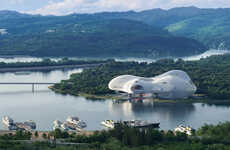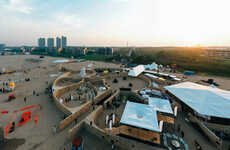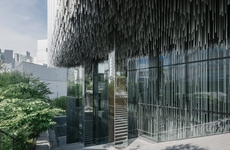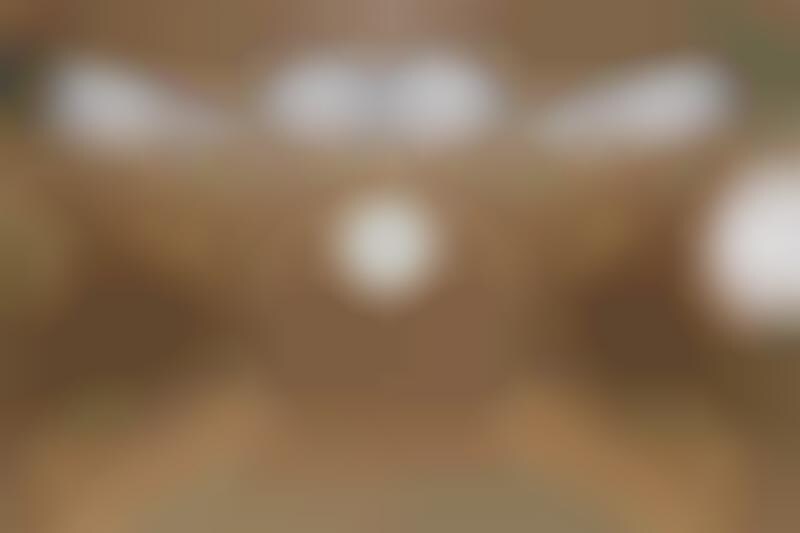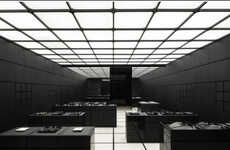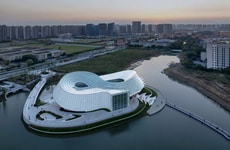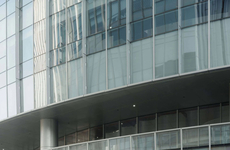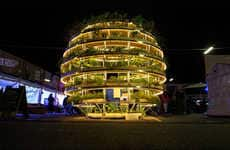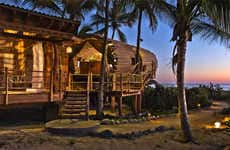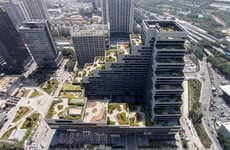
This Auditorium by Penda Uses Mirrors to Discombobulate Viewers
Joey Haar — November 16, 2016 — Art & Design
References: home-of-penda & dezeen
A new auditorium by Penda, a Beijing- and Vienna-based architecture firm, takes inspiration from the artist MC Escher in its design. Built for the Hongkun Museum of Fine Art, the auditorium by Penda features curved lines, circles and mirrors that simultaneously obscure and elucidate the humble space.
Called the Hongkun Art Auditorium, the space is bright and airy in terms of the materials used. The mirrors disperse light throughout the auditorium, and the pinewood finish contributes to spatial brightness. However, even this ample amount of light can't make up for the paradoxical, puzzling aspect of the auditorium's design. Built with contrasting arches and counter-arches, Penda's design endlessly reflects both inward and outward thanks to the mirrors placed throughout, causing people to get lost in the small space.
Called the Hongkun Art Auditorium, the space is bright and airy in terms of the materials used. The mirrors disperse light throughout the auditorium, and the pinewood finish contributes to spatial brightness. However, even this ample amount of light can't make up for the paradoxical, puzzling aspect of the auditorium's design. Built with contrasting arches and counter-arches, Penda's design endlessly reflects both inward and outward thanks to the mirrors placed throughout, causing people to get lost in the small space.
Trend Themes
1. Disorienting Architecture - Opportunities for architects and designers to create innovative spaces that play with perception and disorient viewers.
2. Spatial Ambiguity - The use of mirrors and reflective surfaces in various industries to create an illusion of depth and expand perceived space.
3. Artistic Inspiration - The incorporation of art and visual illusions in architectural designs to create unique and thought-provoking spaces.
Industry Implications
1. Architectural Design - Architects can explore how mirrors and reflective surfaces can be used to create unconventional and disorienting spaces.
2. Museum and Exhibition - Museums and exhibition spaces can incorporate art installations and innovative designs that challenge viewers' perception and engagement.
3. Interior Design - Interior designers can experiment with mirror placements and illusions to create visually captivating and dynamic spaces.
5.1
Score
Popularity
Activity
Freshness

